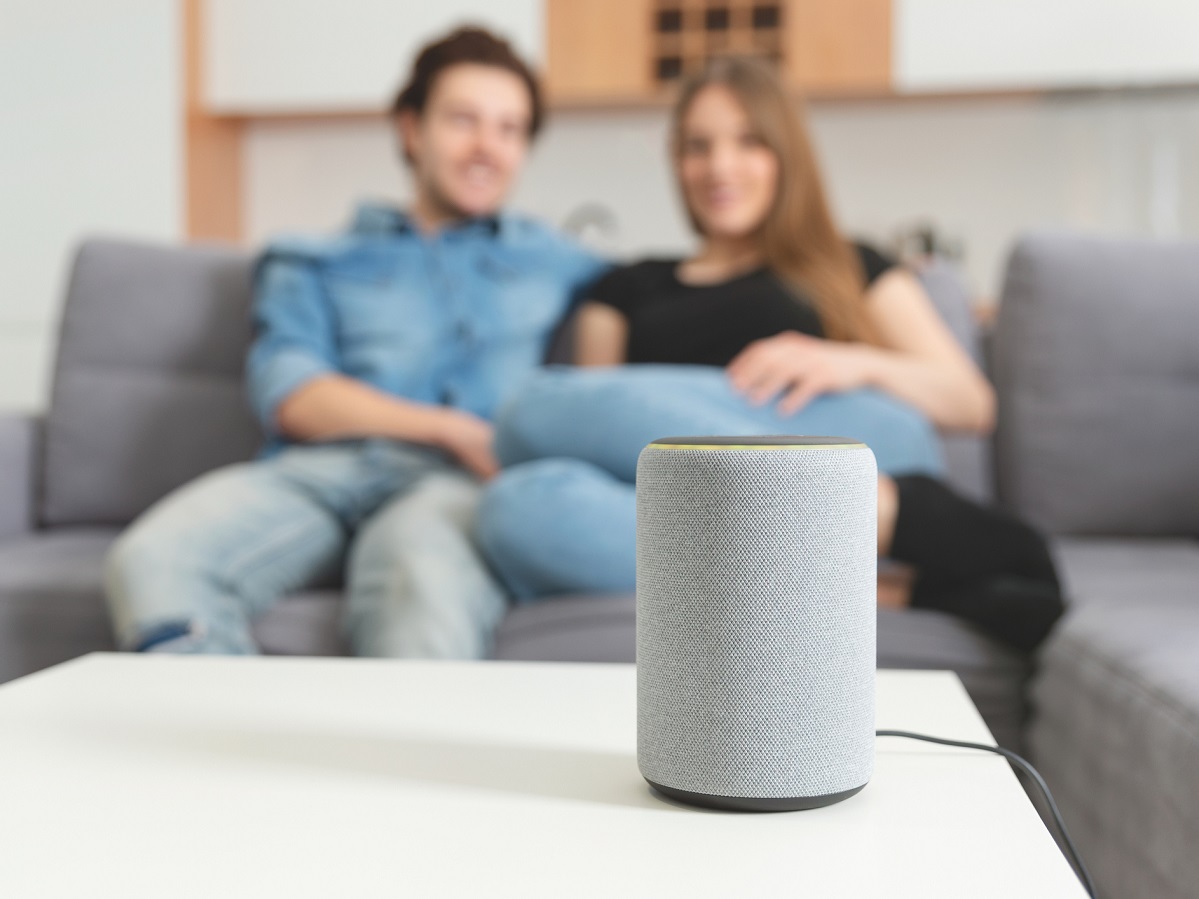The global technical consumer goods (TCG) market industry – excluding North America – has seen value growth of 2% to $799 billion for full year 2020, the latest GfK data has shown.
Smart product segments performed above average with growth of 24% to $28 billion across European markets including Germany, France, UK, Italy, Spain, Netherlands, and Belgium, led by robot vacuum cleaners and cooking appliances. TVs also claimed a significant portion of the value uptick.
Sales of smart headsets increased over 100% in 2020 and looking at 2021, the category continues to enjoy robust demand with 54% growth in one week alone (w/c 8 February) and GfK expects this appetite to continue throughout the year.
The pandemic also put health and hygiene at the forefront, driving the smart small domestic appliances (SDA) and smart health sector forward, including vacuum cleaners, personal diagnostics, fitness trackers and wrist sport computers.
Smart vacuum cleaners grew by 43% in value terms, while ‘smart’ cooking grew by a staggering 71%. Smart built-in hobs were the stand-out product experiencing 48.2% growth.
More broadly, GfK’s data indicates a transition to a smarter future with the emergence of the virtual speaker as a smart home success story and voice control becoming the way consumers interact with their smart products. Sales of voice-controlled products saw explosive growth of almost 61% in 2020, making them one of the best sellers of the year. Smart tech products that offer multiple ecosystems continue to be most attractive to tech-savvy consumers.
GfK expert on technical consumer goods, Nevin Francis said the popularity of smart robot vacuum cleaners, smart LED and cooking appliances during 2020 proves that tangible benefits do motivate consumers to upgrade to the “smart” version of household products.
“As more consumers buy smart products and become convinced by their tangible benefits and ease of use, smart will cross the chasm to mass market appeal,” he said.
“However, the need for transparency about privacy policies and interoperability of different brands shouldn’t be forgotten. If manufacturers manage to bring this together it will make ‘smart’ products relevant for the end-consumer whose outlook is focused on enjoying the benefits of intelligent, personalised smart tech in their lives.”

